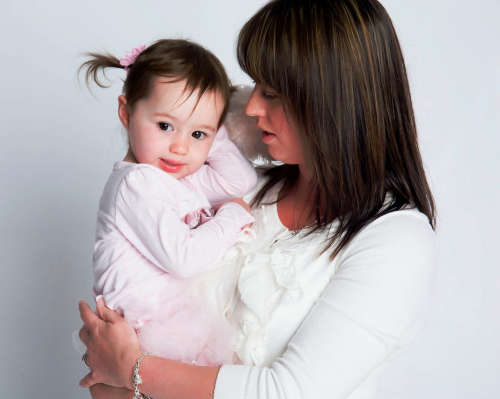Personality is mostly hardwired at birth. See Extroverts, Introverts and Ambiverts for a discussion of personality hardwiring.
Attachment theory describes how relationship styles form during early childhood experiences and affect relationships and bonds throughout the rest of a person's life. The majority of adults have a Secure Attachment style. When faced with relationship issues, they are often able to share their feelings openly and seek support. Those with insecure attachment styles, due to inappropriate parenting, may become needy or clingy, selfish or manipulative, or simply avoid intimacy altogether.
Attachment, or the attachment bond, is the emotional connection formed by an infant with a primary caregiver, usually the mother. The quality of the bonding experienced during this first relationship often determines how well a person can relate to other people and respond to intimacy as teenagers and adults.
Adult relationships grow out of a person's relationship experiences as a child. Those who were secure in their relationships with their parents as children are more likely to become secure in their romantic relationships as adults. They are empathetic, able to set appropriate boundaries, and tend, in their close relationships, to feel stable and safe. They usually thrive in close, meaningful relationships while not fearing being alone.
Children may develop an Anxious Attachment style when they have a parent who is sometimes available or rewarding, then oddly inattentive and unavailable, leaving the child frustrated and confused. Parents who behave this way may unconsciously look to their kids to meet their emotional needs instead of vice versa. As a result, the child may feel anxious or clingy around the parent who isn't meeting his or her emotional needs.
Adults with an Anxious Attachment style grow up tending to be overly needy. Such people are often lacking in self-esteem, anxious, and uncertain. They desire emotional intimacy yet fear that others don't want to be around them.
Children may form a Disorganized Attachment when a parent is frightening. To the child, their parent is unpredictable and erratic. At one moment they may laugh and reward a particular action. Later they may explode with anger when the child repeats the behavior. Children in this situation experience fear and have no idea how to get their needs met. They may show a confusing mix of behaviors and emotional turmoil, due to a lack of feeling safe.

Adults with a Disorganized Attachment style have never learned to soothe their own emotions, so they feel frightened and unsafe in relationships with others. Subconsciously they feel that others are dangerous, but they still need them. This may cause feelings of both anxiety and avoidance when in a relationship. They may act in an erratic, and even scary way to their partner.
Children in an Avoidant-Dismissive Attachment situation have a parent who may meet their basic needs, but who has difficulty responding to their child on an emotional level. The way for the child to get their needs met is to suppress their emotional needs. The child becomes removed from his or her own emotions and becomes independent, taking care of themselves. They learn to keep an emotional distance from others, and avoid displaying emotions.
Adults with an Avoidant-Dismissive Attachment style find it difficult to tolerate emotional intimacy. They value their independence and freedom to the extent that they can feel uncomfortable with the intimacy and closeness of a romantic relationship.
© 2023-2025 by Topically.org
